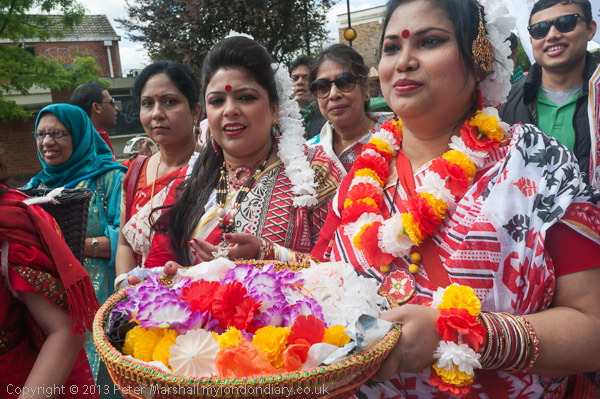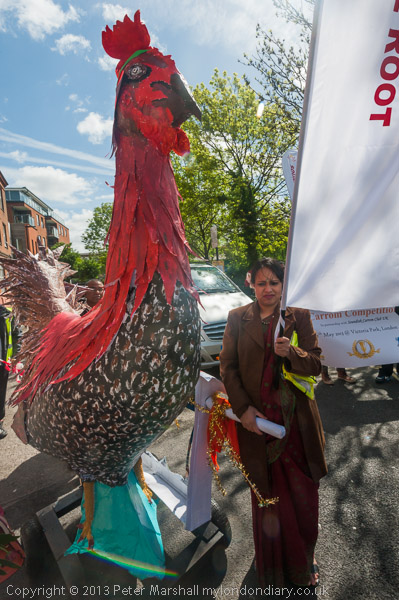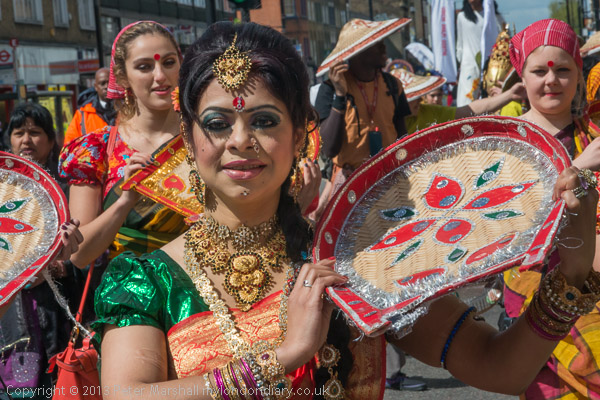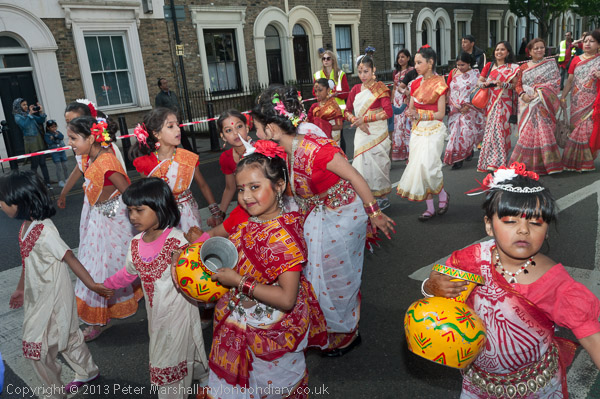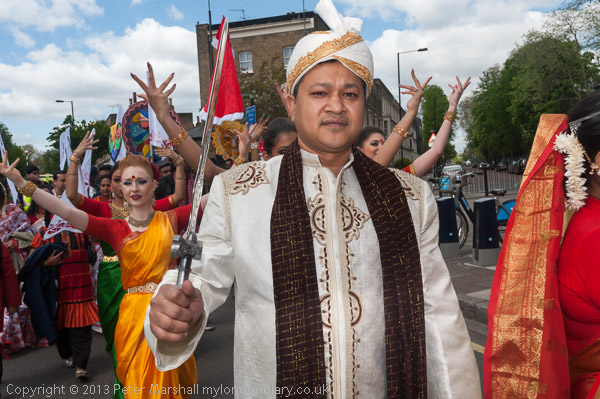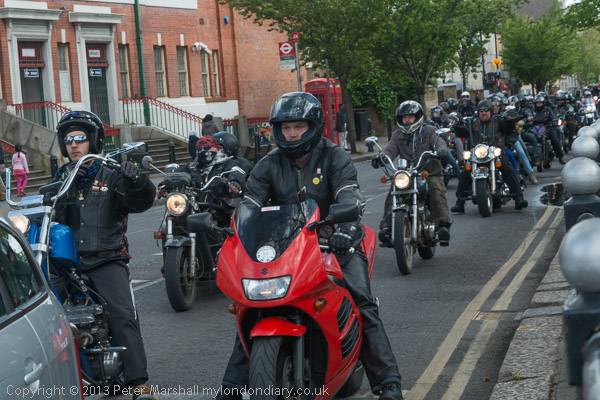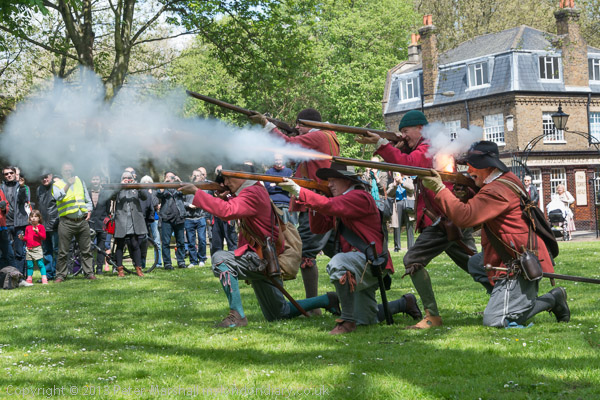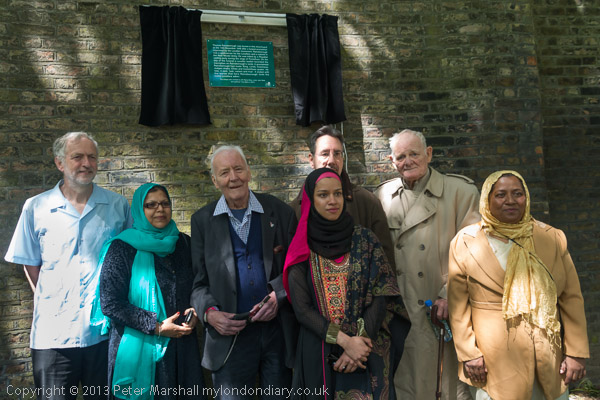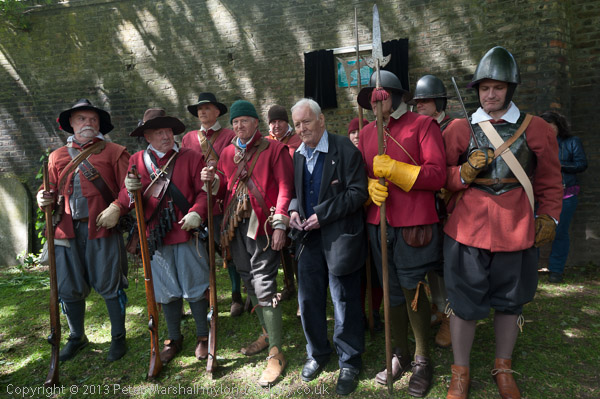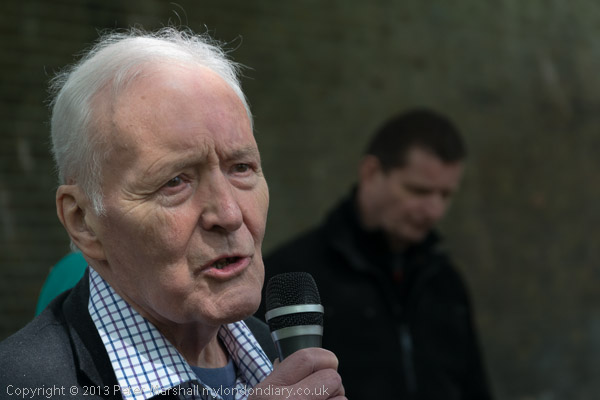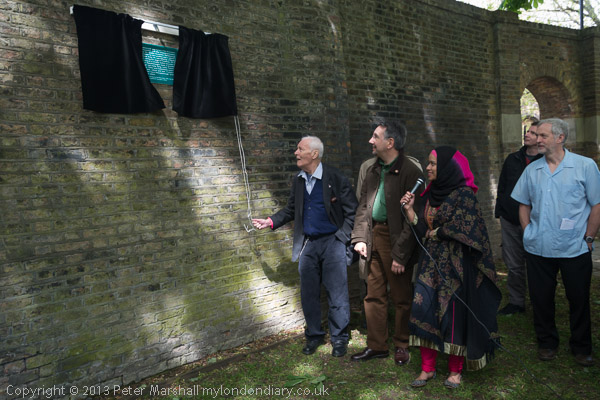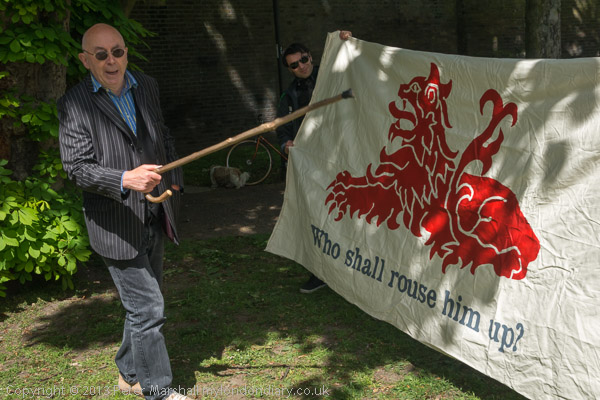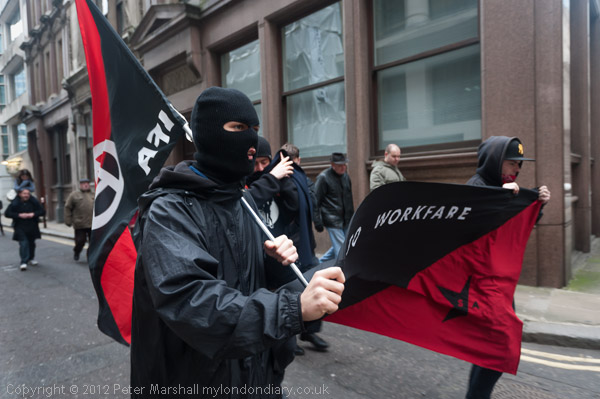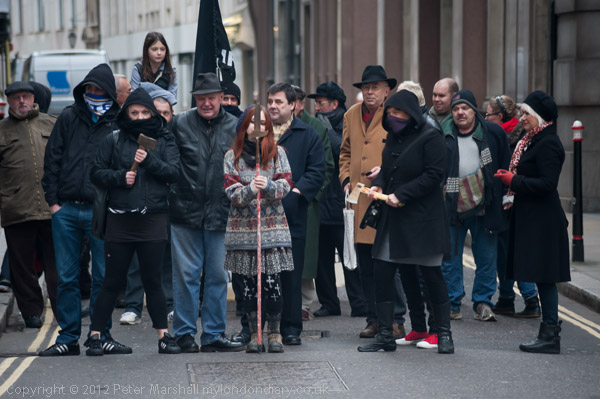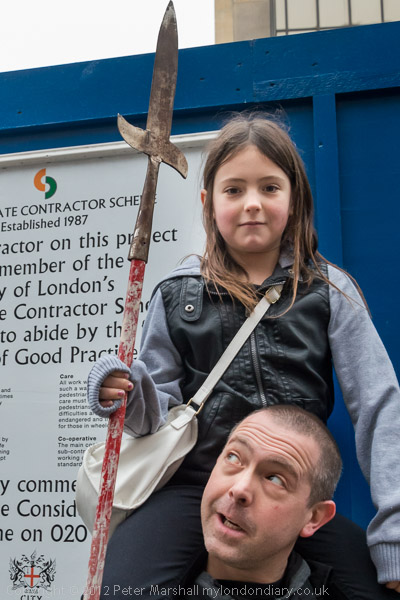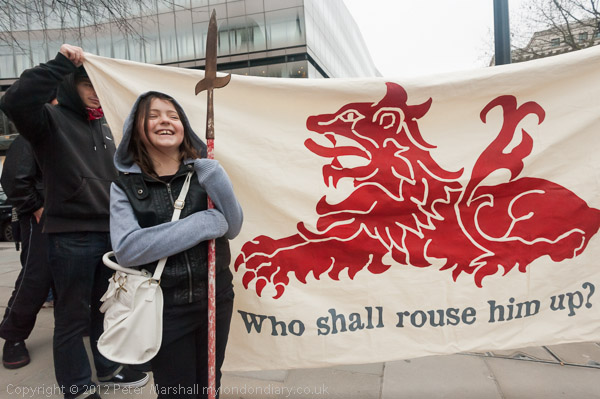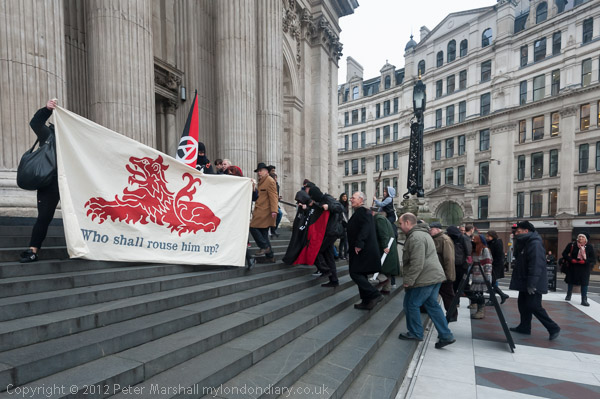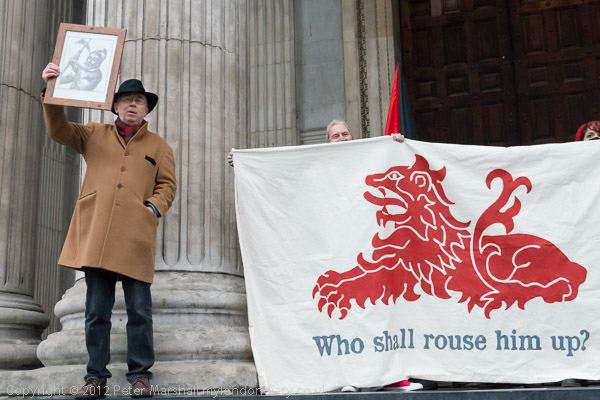Epiphany Rising Against King: On Monday 7 January 1660 (1661 by our modern calendar – New Year back then was the 25th March) Samuel Pepys recorded in his diary “This morning, news was brought to me to my bedside, that there had been a great stir in the City this night by the Fanatiques, who had been up and killed six or seven men, but all are fled. My Lord Mayor and the whole City had been in arms, above 40,000.”
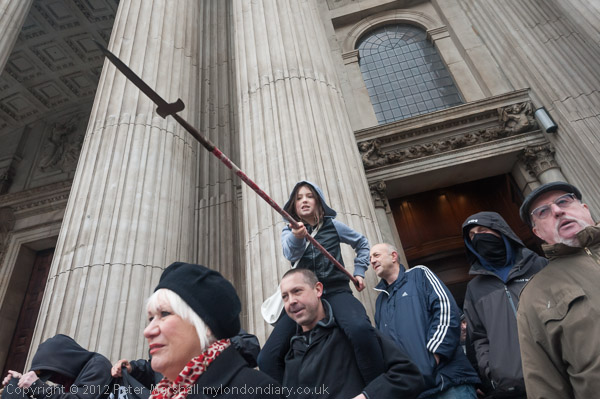
The Fanatiques – a term used to describe the Fifth Monarches (and other nonconformists) believed that the killing of King Charles in 1649 had brought to an end of the last of the four kingdoms mentions in the biblical Book of Daniel – considered as the end of the Empire of Rome (before that had come Babylon, Persia and the Greeks – though there were many other interpretations) and that the time was near for the second coming and the establishment of the Kingdom of God on earth. Their uprising was against the re-establishment of monarchy in 1660.
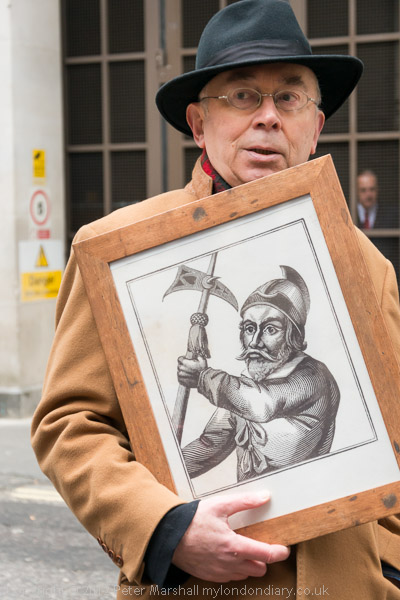
Led by preacher and cooper Thomas Venner they marched from a religious meeting in Swan Alley to take forcibly the keys to St Pauls Cathedral which they then occupied for some hours. Here the band of around 50 men defeated a much larger body of troops sent to capture them, but then failed to decide what to do next, and went out into the woods at Kenwood north of London. Three days later on 9th January they came back to the City and first forced the soldiers sent to stop them to retreat but were finally defeated by a much larger body of soldiers. Twenty-six of them were killed and twenty soldiers also died.
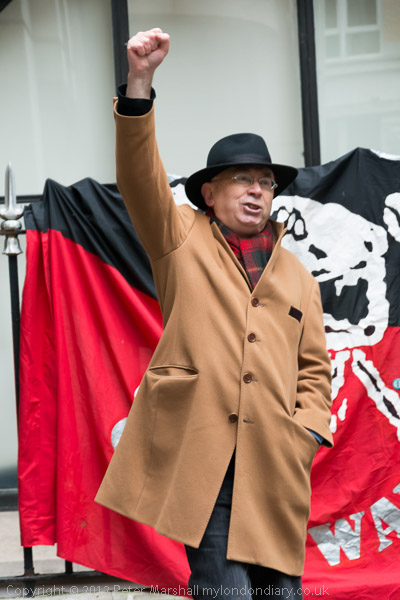
Venner and around 50 others were arrested and tried. Venner was hanged, drawn and quartered on 19 January 1661. His head and those of 12 others were then displayed on London Bridge.

Pepys has a longer entry in his diary for the 9th January about the insurrection – and on seeing everyone else carrying arms he went back home “and got my sword and pistol, which, however, I had no powder to charge” but after taking a walk into the city he “went home and sat, it being office day, till noon.” Later he was persuaded to go out, but then went home and played his lute then went to bed “there being strict guards all night in the City, though most of the enemies, they say, are killed or taken.”

In January 2013, Ian Bone and Class War collaborated with film-maker Suzy Gillett to film a re-enactment of the events of 1661, including a number of speeches and performances about the original events before setting off behind a banner made for the occasion led by a young woman playing the role of Baptist visionary prophet Anna Trapnel, a Fifth Monarchist best known for her 1653 tract ‘The cry of a stone” which recorded her speaking in a trance in Whitehall at great length, in particular berating Oliver Cromwell who many felt was by then setting up a new monarchy. In it she said “the Kingdom of the Lord Jesus is at hand, all the Monarchies of this world are going down the hill: Now is a time that thine should look off from the fethings, and lift up their head, for their Redemption draws near.”

You can read an account of what happened in 2013 on My London Diary at Epiphany Rising Against King or another account by another of those taking part, Paul Brad, also illustrated by my photographs.
Flickr – Facebook – My London Diary – Hull Photos – Lea Valley – Paris
London’s Industrial Heritage – London Photos
All photographs on this page are copyright © Peter Marshall.
Contact me to buy prints or licence to reproduce.
